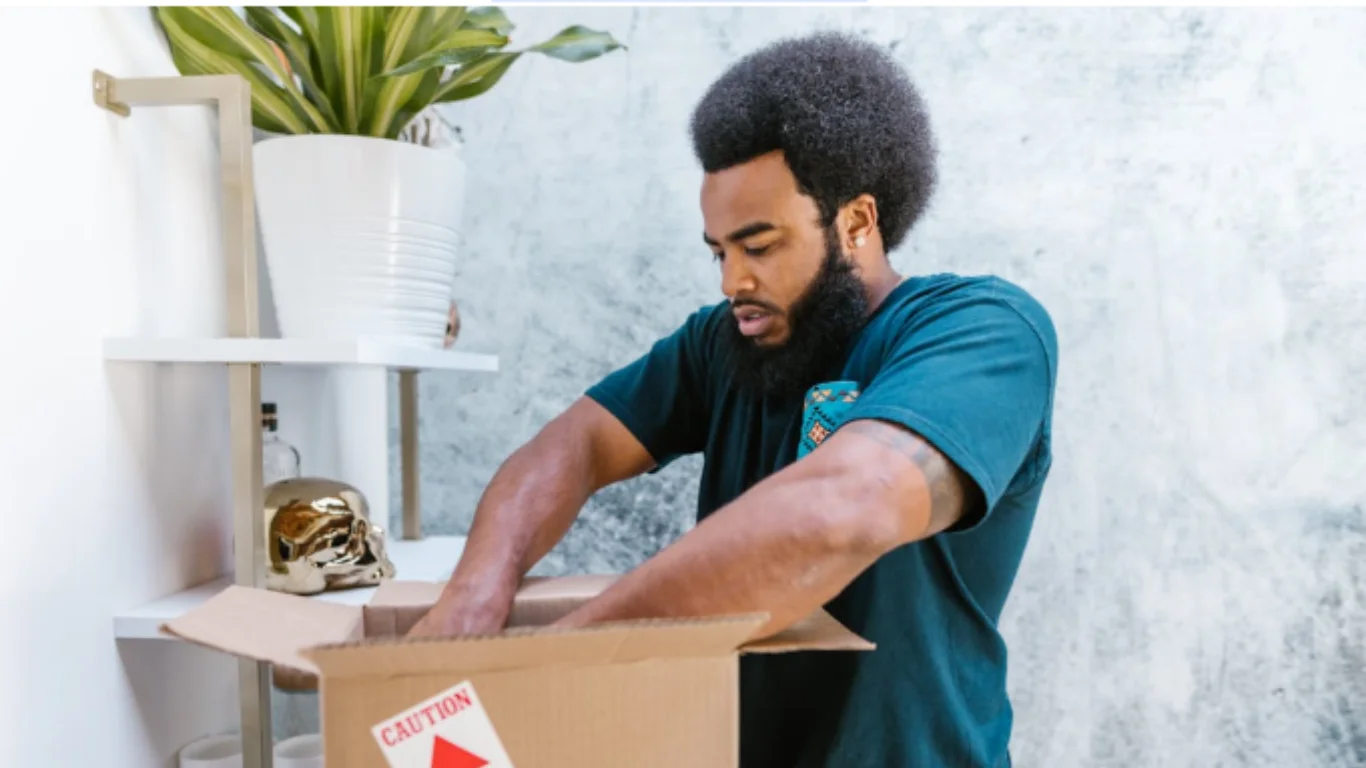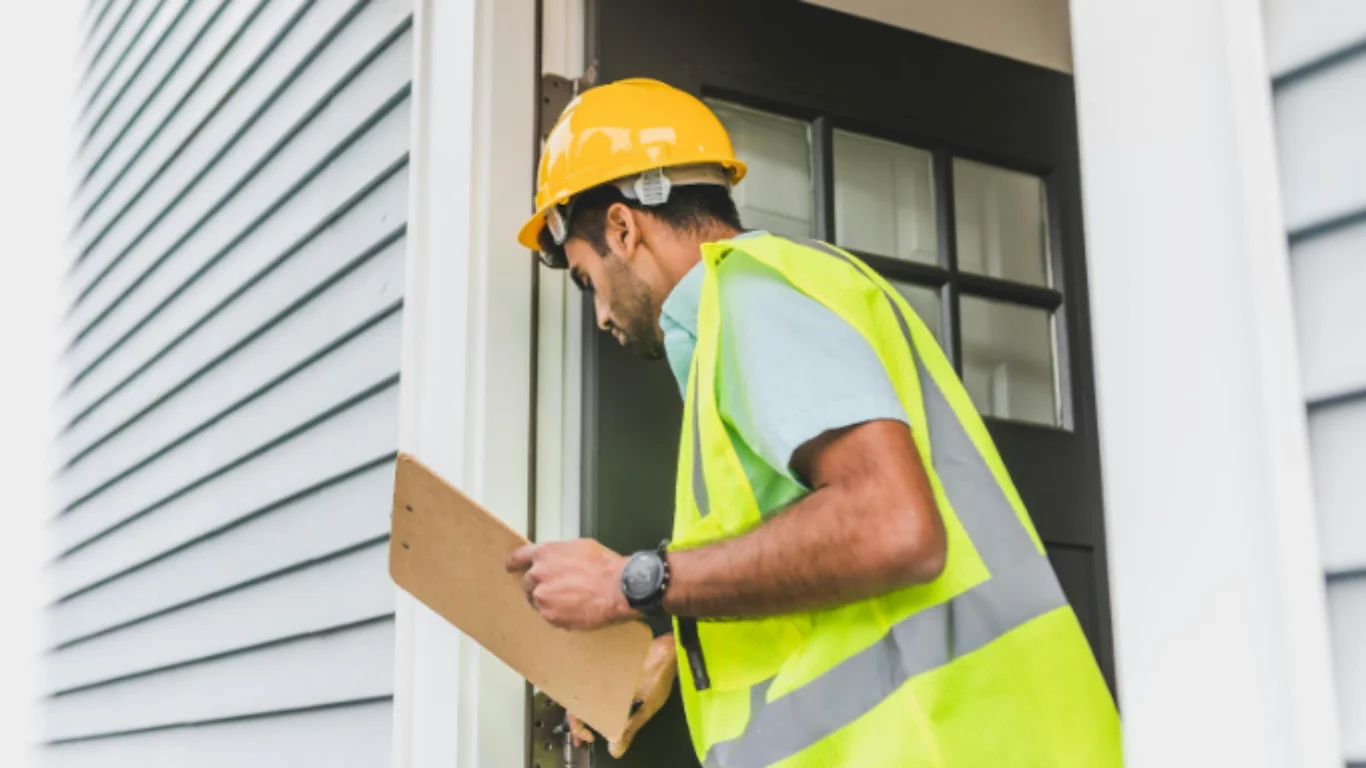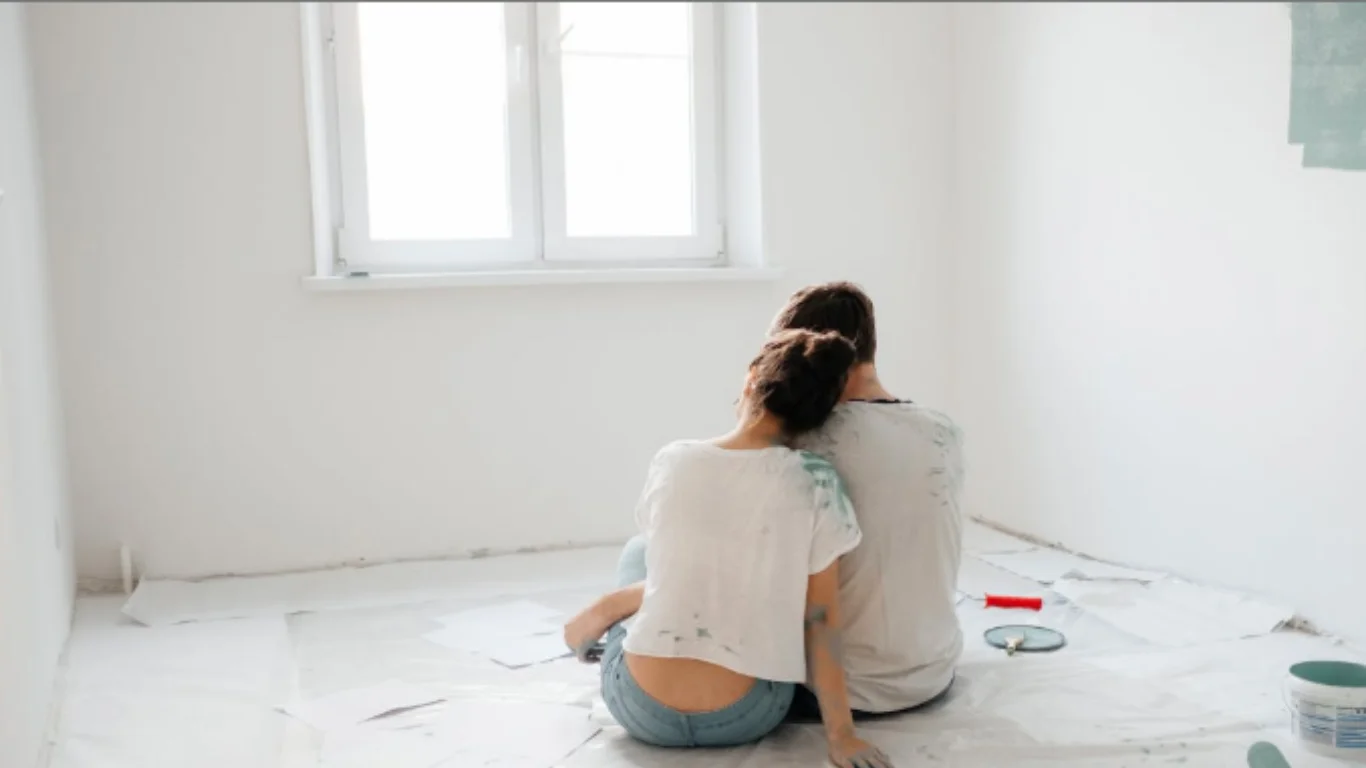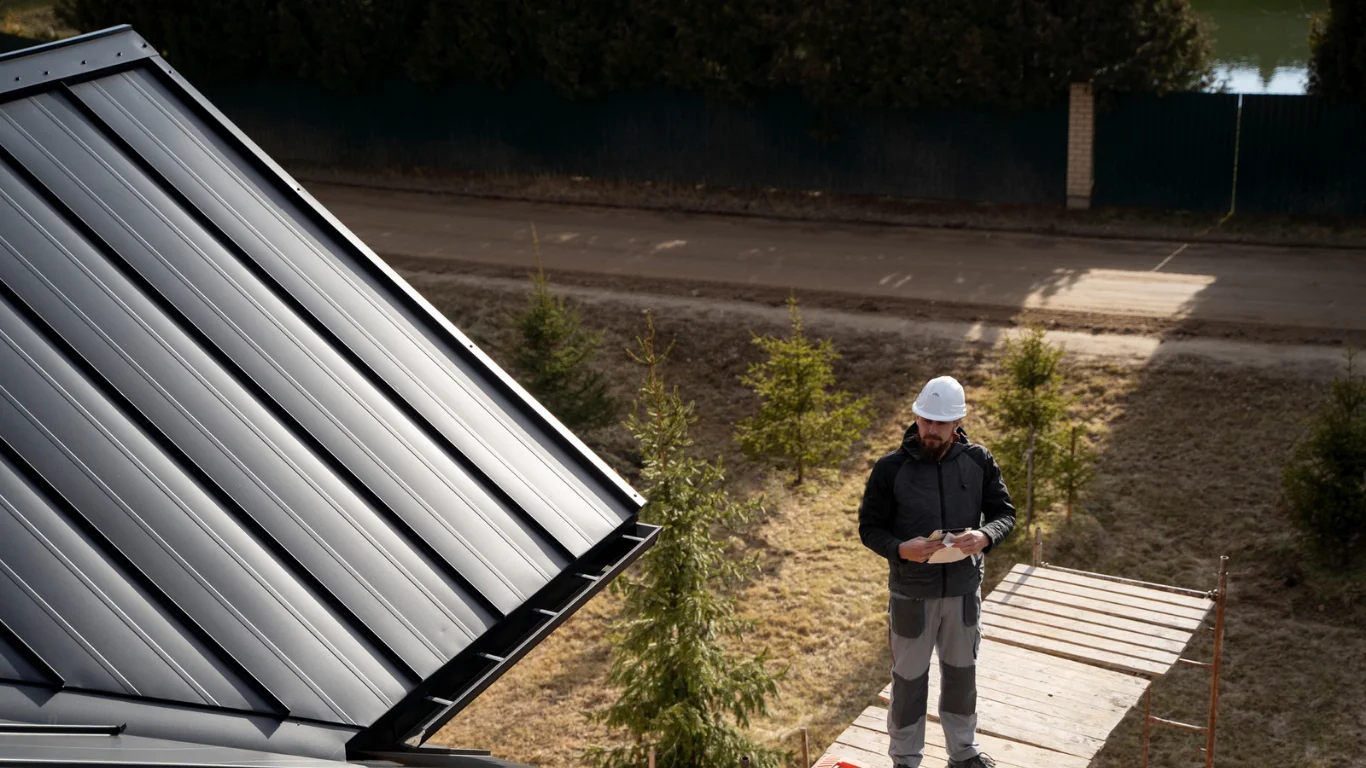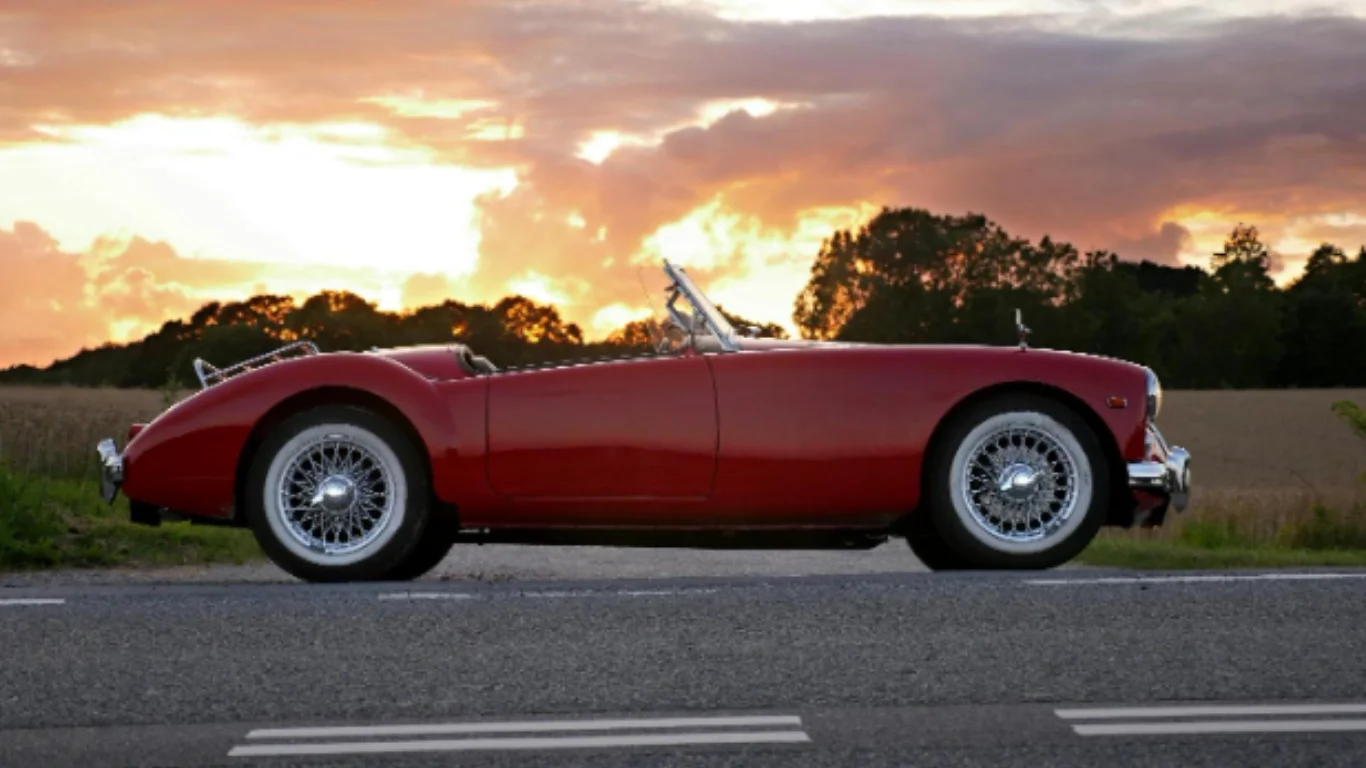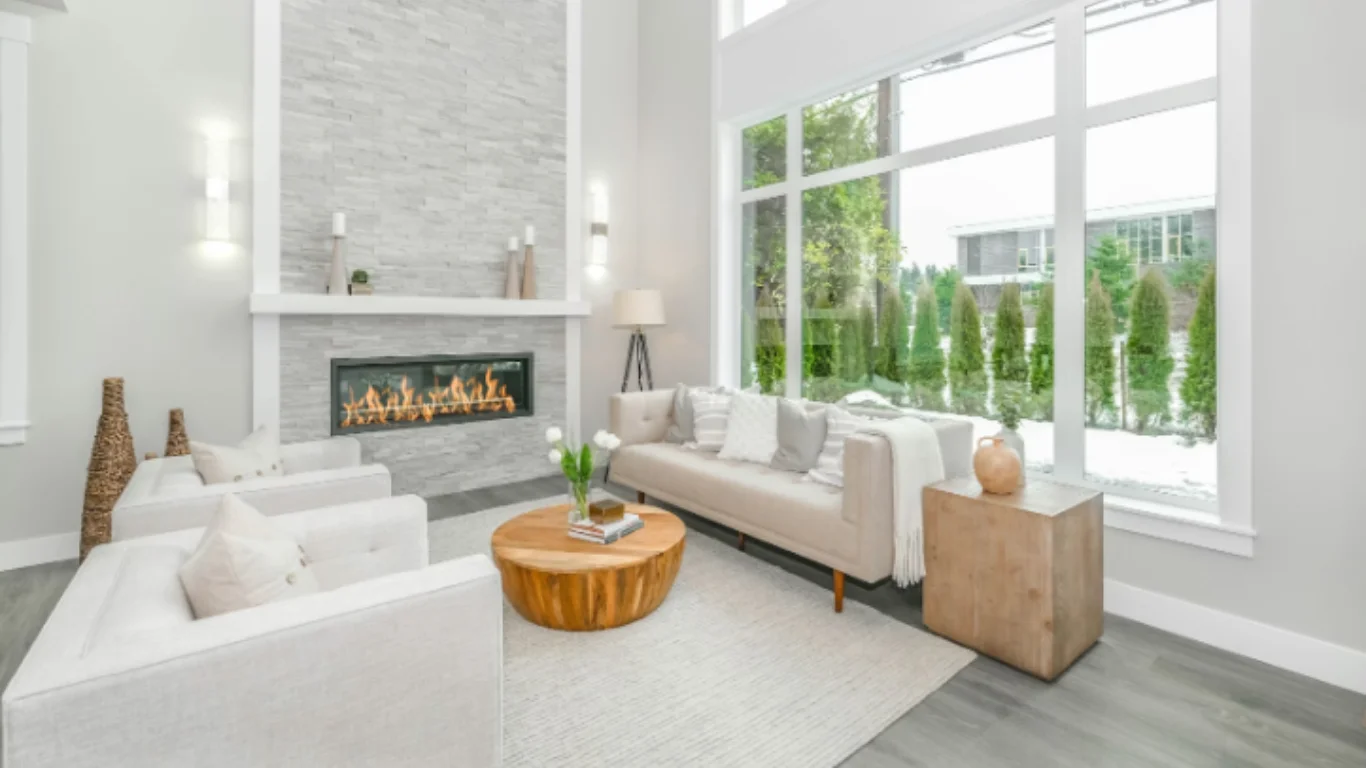Minimalism sounds great in theory until it’s time to pack. That’s usually when people realize just how much stuff they’ve been holding onto “just in case.” The truth is, minimalist living doesn’t begin with clean white walls or fancy furniture. In reality, it starts with that very first moving box. Packing becomes less about getting everything from one home to another and more about deciding what deserves the trip.
In St. Charles, this mindset fits right in. The city has a calm vibe that encourages slowing down, taking stock, and focusing on what really matters. Between its walkable streets and easygoing neighborhoods, life here simply needs space. The move itself becomes the first act of minimalism: less rush, fewer boxes, and a lot more clarity.
Choosing Reliable Support
Before lifting a single box, finding the right help makes a world of difference. Reliable moving support keeps the process simple and your sanity intact. Professional movers handle the logistics while you decide what stays and what finally leaves your life for good. An experienced team turns the move from a race into something closer to a well-paced road trip, that is, steady, organized, and oddly satisfying.
Working with local St. Charles movers is a decision that will prove worthwhile from start to end. They know the area, they get the slower pace, and they treat the move like a neighbor would, which is efficient but unhurried. Such unmatched professionalism lets you stay focused on your stuff (and your peace of mind) rather than managing chaos.
Creating a Donate-as-You-Pack Routine
Here’s the moment when “I might need this someday” gets a reality check. Packing becomes lighter, literally and mentally, when you set up a donate-as-you-pack routine. Each item gets a simple question: Do I actually use this, or have I just been politely housing it?
Keep a donation box nearby and drop things in as you go. The process feels cleaner, less dramatic, and strangely fun once you get into it. By the time the truck arrives, you’ve already decluttered, donated, and cleared a path toward a simpler life with no inspirational quotes required.
Planning the New Layout Before Arrival
A minimalist move demands using space better. Before you even unpack, sketch out where key furniture and essentials will go. Think about where natural light hits, which corners feel open, and what spaces could stay empty (because empty can be beautiful too).
Planning proactively means fewer awkward rearranging sessions later and fewer boxes left sitting in random places. The new home starts to feel intentional from day one, not like a maze of misplaced furniture and half-open boxes.
Using Fewer Boxes for Mindful Organization
Packing with fewer boxes is the minimalist version of setting limits. It forces real choices because when space runs out, you quickly learn what truly matters. Every box gets filled with purpose instead of panic, and each one feels more organized because it’s been thought through.
The side benefit? Unpacking becomes quicker, cleaner, and far less chaotic. Instead of a sea of cardboard, you’re left with a few labeled boxes filled with things that actually make sense in your life.
Preparing an Essentials Box
There’s always that one box that saves the day, often known as the essentials box. It’s the first one off the truck and the only one you’ll actually open that night. Fill it with what you’ll need in the first 48 hours: toothbrush, coffee mug, comfy clothes, maybe a phone charger (and definitely snacks).
This small step stops that “where did I pack the toothpaste?” spiral before it starts. It also buys you time to unpack slowly, with the calm of someone who doesn’t have to dig through 20 boxes to find a spoon.
Avoiding Storage Overflow During Transition
Storage spaces have a way of becoming clutter traps. What starts as “I’ll deal with this later” quickly turns into “Why do I still own this?” The easiest fix is to stop the overflow before it begins. Only move items that genuinely belong in your new home. Everything else can be sold, donated, or finally retired from service.
The less you stash “for now,” the more freedom you have to create space that feels intentional. Empty closets and shelves might look unusual at first, but that extra breathing room is what minimalist living is built on.
Keeping Décor Simple and Functional
Minimalist homes have to make sense. A few well-chosen pieces do more for a room than a dozen scattered ones. Clean lines, light fabrics, and simple textures create calm without looking sterile. Every object has a purpose, whether it’s visual or practical.
Moreover, simplicity saves time and mental energy. You’ll spend less time dusting, rearranging, and second-guessing your style. When décor has function, you naturally avoid clutter, and your space feels balanced without even trying.
Making Unpacking Slower and More Intentional
There’s a strange temptation to unpack everything as fast as possible, as if speed somehow equals productivity. But minimalism asks for the opposite: slow down. Open one box at a time, decide where each item fits, and notice if it even belongs in your new life.
Unpacking this way helps the new home find its rhythm. It gives you time to adapt to the space instead of forcing it into old patterns. In turn, you get a home that feels thoughtful, not rushed, a place where every item feels earned.
Organizing Before Buying Anything New
The moment you unpack, the shopping lists begin. But before buying new shelves or baskets, take stock of what’s already there. Organize what you have first, that’s because it’s surprising how much less you actually need once things are in their proper place.
Waiting a few weeks before buying new décor or furniture keeps spending low and leaves spaces open.
Minimalism starts the moment you pick up the first box. Every moving choice, that is, what to keep, how to pack, and when to pause, can make or break everything that follows. For those starting fresh, the path to simpler living requires choosing with care and realizing that the lighter you move, the better life feels on the other side.
